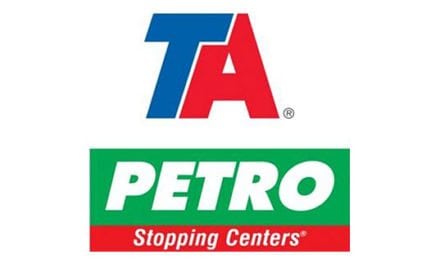Brian Milne, DTN
Gasoline Rallies into 2018
There were only two sessions in 2017 in which gasoline futures traded higher than where they are currently in early 2018, and those two days occurred in late August as Hurricane Harvey was ravishing the Texas coastline, triggering widespread supply shortages.
As the calendar turned to 2018, NYMEX reformulated blendstock for oxygenate blending futures known by the RBOB acronym are trading well above last summer’s gasoline prices, a time of year when driving demand peaks. Historically this is odd, with gasoline prices usually trading near annual lows in January as driving demand declines during the cold winter months and inventory builds. A look at the seasonal chart for RBOB futures shows several deviations from the historical price pattern in recent years.
Record gasoline demand in the United States in 2016 was a key component in lending price strength to oil futures during the early summer of that year, and again was supportive in 2017 with demand stronger than expected, although less than year prior. However, the chief price driver for gasoline has been crude oil prices, which rallied in the fourth quarter 2017, with the price ascent accelerating in January as the market sees a global oil supply-demand balance in the latter half of the year following more than three years with a massive supply overhang.
Crude Prices Increase as Inventory Declines
A confluence of factors drove domestic and international crude prices to three-year highs during 2018’s opening sessions, highlighted by a production agreement with 24 oil producing countries that is now in its second year. The 1.8 million bpd in production cuts by the Organization of the Petroleum Exporting Countries and 10 non-OPEC oil producers that took effect on the first day of 2017 now runs through the end of 2018. Strong compliance with the quota system has dramatically reduced a global supply glut.
Data from the Energy Information Administration illustrates declining crude supply, reporting U.S. commercial crude inventory at 419.5 million bbl on Jan. 5, down 63.6 million bbl versus the comparable year-ago period, and well below a record high of 535.5 million bbl reached on March 31, 2017. Domestic crude stocks are 30.9 million bbl or 8.0% above the five-year average.
Geopolitics, OPEC Production and Consumption
Geopolitics have also resurfaced as a bullish price driver for global oil prices. Antigovernment protests in Iran in January and a growing humanitarian crisis in Venezuela have underpinned recent price gains, with both countries members of OPEC.
Combined with ongoing production cuts led by OPEC, the gulf between global oil supply and demand is expected to close later this year, which is bullish for oil prices. When the market is in greater balance, the futures market will also react more acutely to supply disruptions.
Domestically, EIA estimates gasoline consumption averaged 9.3 million bpd in 2017, down from a record pace of 9.32 million bpd in 2016. In their outlook, EIA projects domestic gasoline consumption to set new records for this year and 2019 at 9.33 million bpd and 9.39 million bpd, respectively.
What’s Next?
In early January, some market followers expect a short-term top to be installed, and for prices to drift lower. They point to growing U.S. oil production, which the EIA expects to reach a record high at 10.3 million bpd this year, to cut short the current rally. Others, however, expect a downside price correction before the market resumes higher, noting key resistance has been breached while citing a tightening supply-demand balance, heightening geopolitical risk and strong economic growth.
Brian Milne is the energy editor with DTN, an independent, trusted source of actionable insights for 600,000 customers focused on feeding, protecting, and fueling the world. Customer-centric and employee-driven, DTN focuses on empowering agriculture, oil and gas, trading, and weather-sensitive industries through continuous, leading-edge innovation. DTN is based in Minneapolis, with offices globally. Join Milne on January 25 for a free webinar on the oil market entitled, “Will Oil Prices Reach $70 Bbl by June?”, when he will explore the many dynamics affecting the oil market and offer a price outlook for the domestic and international crude oil grades.
DTN is the independent, trusted source of actionable insights for 600,000 customers focused on feeding, protecting and fueling the world. Customer-centric and colleague-driven, DTN focuses on empowering agriculture, oil & gas, trading and weather-sensitive industries through continuous, leading-edge innovation. DTN is based in Minneapolis with offices











